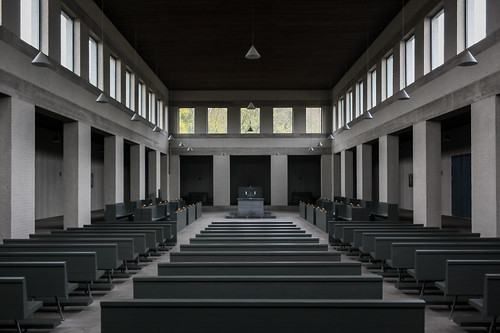Architecture of Incarnation Seminar
/This spring I had the opportunity to present part of a seminar for UT FORUM, a program of the Osher Lifelong Learning Institute at the University of Texas. The seminar was entitled "Modern Architecture and the Digital Revolution" and co-presented with Ellen Hunt (who makes exquisite jewelry and ritual objects in addition to her architecture work). My portion was the second half that covered the architecture of the Digital Revolution with its antecedents. The course description ran:
Two technological revolutions shaped Modern architecture during the 20th century: The Industrial Revolution and the Digital Revolution. Each in turn transformed every aspect of conceiving, designing, building and occupying buildings. The first introduced Utopian visions; the second opened up seemingly unlimited possibilities for creative forms and efficient construction.
Building design always reflects changes in society. This seminar will examine how those changes are reflected in our architecture along with the evolution of drawing, thinking and communicating.
It was a wonderful experience. The seminar was very well received, and the membership was engaged and delightful. I realized this would be an excellent environment to test out a seminar I have sketched out a few times—my version of a history of church architecture that emphasizes complexity and continuity while challenging some of the oft-repeated and emotionally charged inaccuracies that tend to govern popular discussions on the subject.
And so, the UT FORUM committee has accepted a proposal for a seminar on church architecture. The outline submitted as the proposal is included below. Each of the six sessions comprises 6-8 brief essays, one of which addresses a "Topic in Theological Aesthetics" pertinent to the time period covered. Frequent readers on the subject will not doubt recognize some of the titles as borrowed from some of the seminal books on the topic. You will note that time does not pass uniformly; the first two cover ~500 years, the middle two ~1200, and the final two ~300. This is an intentional focus on the development of concepts significant to recent history rather than a cascade of visual languages, and also because most histories of western art and architecture tend to focus more on the religious work of 500-1700. (I may be the only who views the Renaissance as a low point in church architecture.) And so each session will also include later interpretations of what developed in each period. We will view history through the specific lens of a post-post-conciliar hermeneutic of continuity.
This outline is a proposal, so it will change as I develop the course. And expect many of these essays to appear on the blog as I develop them, especially those noted as "Topics in Theological Aesthetics."
Once complete, the seminar will also be available to be presented to other groups. It would work well (with a few modifications) for an adult religious education series. In that context, the final session could be a tour of the congregation's own building in which we discuss how the precedents and concepts from the course influence their own space. It could also easily be expanded into a seminary course. If you know of an organization that would be interested in such a seminar, please contact me at locusiste.org@gmail.com.
Architecture of Incarnation: The continuity of church-building
Seminar proposal by Jason John Paul Haskins
The story of church architecture is the story of the church's myriad attempts at the impossible task of making physical the realties of her identity as the Body of Christ. This seminar examines the conceptual foundation of sacred place before exploring the diversity of forms used in their creation and concluding with a discussion of what we should do with them now. Although arranged chronologically, this is not a history but a continuity: it looks forward from each historical moment to examine how different churches adopted and adapted these concepts, forms or actions up to our own time. This approach begins from the perspective of liturgical practice—the service of the people—and its spatial implications rather than the historical progression of artistic styles. In addition to tracing the development of Christian worship, each lecture also includes a discussion of relevant topics in the field of theological aesthetics.
The Sacred Place in Scripture and Tradition (∞–95)
1. What is “architecture”?
2. What is “church”?
3. Locus Iste and Babel
4. The Tabernacle, the Temple and their reconstructions
5. The Incarnation and theological aesthetics
6. “Worship in spirit and truth” / “Where two or three are gathered”
7. Topics in Theological Aesthetics: Embodied Cognition & Spatial Metaphors
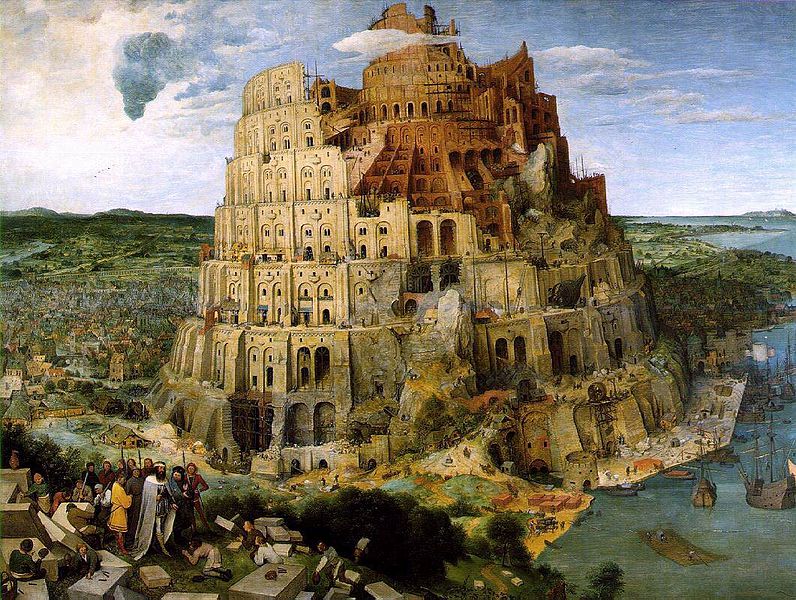
Dual Origins of the Christian Domus (95–537)
1. The Social Origins of Christian Architecture
2. Domus ecclesiae: the Roman domus as a communal model of church
3. Domus Dei: the Roman basilica as an imperial model of church
4. Modern interpretations of Domus ecclesiae and Domus Dei
5. Patristic liturgical practice
6. Topics in Theological Aesthetics: Vision & Revelation
7. East & West: Hagia Sophia & San Vitale
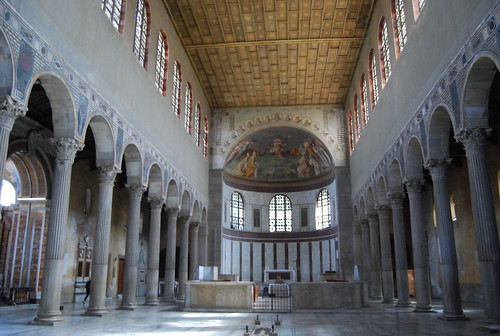
Christendom, Monasticism, and Pilgrimage (537–1446)
1. The Rise of Monasteries
2. SPQR: The Politics of Christendom
3. The Gothic Cathedral
4. Topics in Theological Aesthetics: Art & Worship
5. Bernard & Suger debate the material of the church
6. The enduring appeal of medievalism
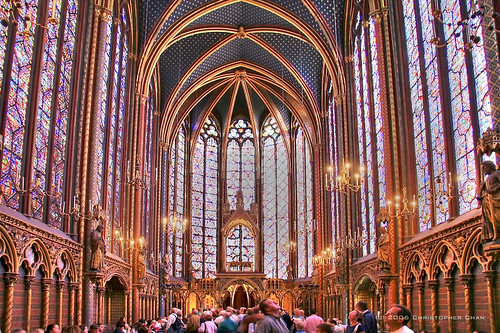
Renaissances and Reformations (1446–1772)
1. Architectural Principles in the Age of Humanism
2. Brunelleschi’s Dome & the return to Classicism
3. Topics in Theological Aesthetics: Iconoclasms & Idolatry
4. Denominations & Diversity
5. Lutheran Worship & Buildings
6. Reformed Worship & Buildings
7. Roman Catholic Counter-reformation Worship & Buildings
8. The Anglican Via Media
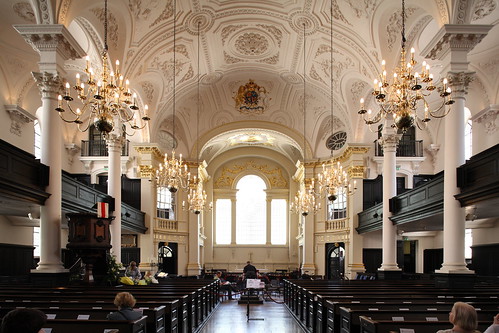
Enlightenment and Modernity (1772–1962)
1. Between Ecstasy and Reason
2. Revivals & Identity: The Crisis of style
3. Ecclesiology and the Gothic Revival
4. Topics in Theological Aesthetics: Philosophy & Perception
5. Development of the Auditorium church
6. The Mechanized Man Knows No Fancy: Churches in the Industrial Age
7. Churches in the International Style
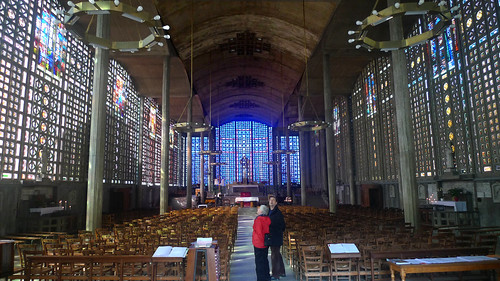
Continuity, Complexity, and Contradiction (1962–)
1. The pre-conciliar liturgical movement
2. The post-conciliar liturgical movement
3. Dom Hans van der Laan: Form-play of the Liturgy
4. Mid-century Modern Church Architecture
5. Topics in Theological Aesthetics: Imagination & Beauty
6. Recent developments in church architecture
7. How now should we build?
